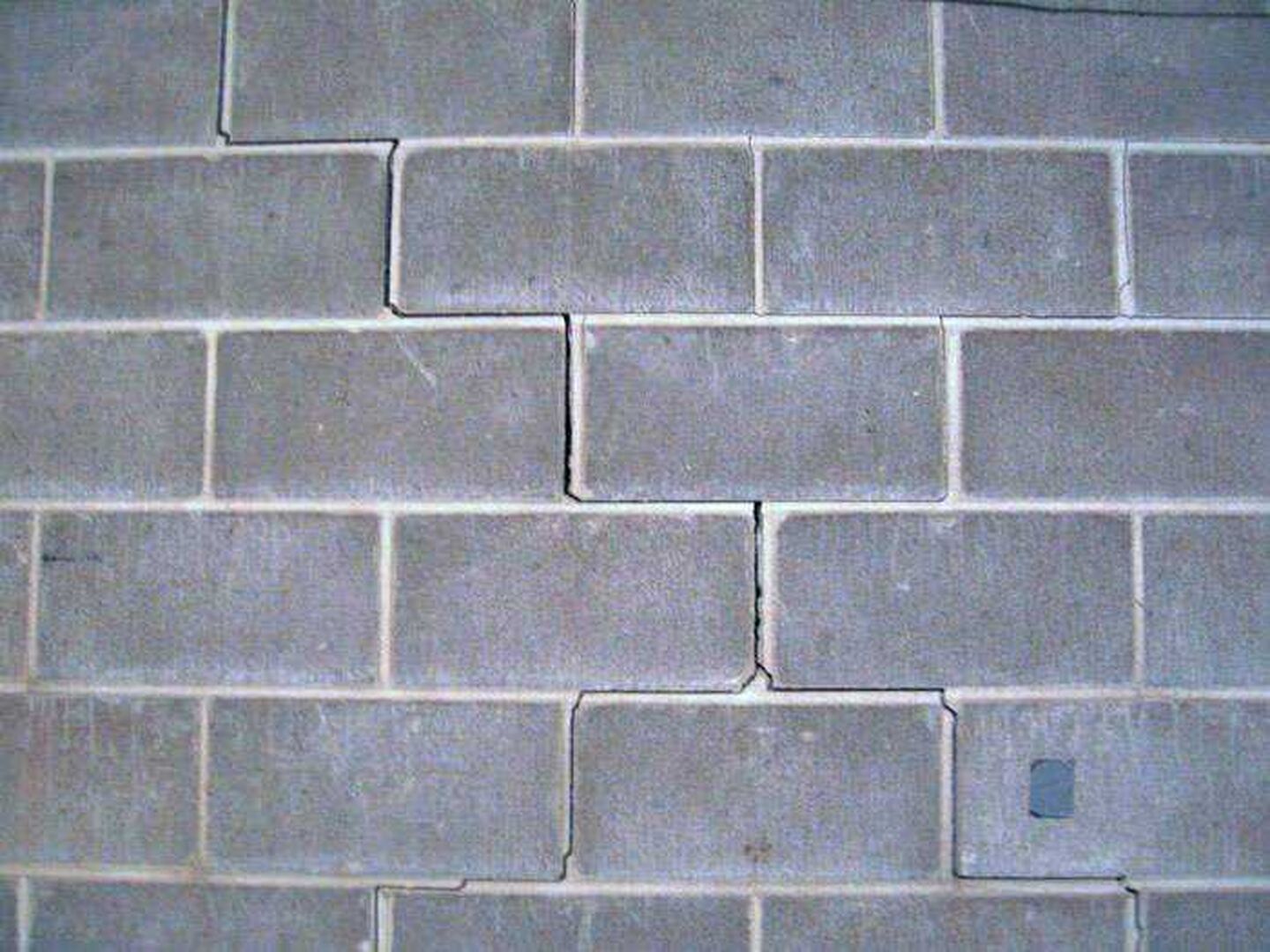How to Repair a Bowed Concrete Block Basement Wall

Many homes in the Midwest, including in Milwaukee and northwest Indiana, are sitting on foundations constructed of concrete block. During housing booms, concrete block becomes popular with builders because they can build a foundation quickly and move on to the aboveground structure faster than they can with poured concrete.
A typical concrete block foundation sits on a spread footing of poured concrete. The walls are built in a running bond pattern with mortar used to cement the blocks together and fill the joints in between. Done properly, concrete block foundations are strong and stable and will perform as well as poured concrete. Block foundations are, however, subject to a unique form of damage and several methods have been developed to remedy it.
2 Ways to Repair a Bowed Concrete Block Basement Wall
All foundation walls are subject to lateral pressure from the soil outside. When the soil surrounding the foundation becomes over-saturated, perhaps because of inadequate yard drainage, the soil expands and increases the pressure. Under these conditions, concrete block foundation walls can bow or bulge inward in the middle, with mortar joints cracking and separating to allow movement of the blocks. Left unrepaired, this wall movement can cause seepage and damage to the structure of the home it supports.
The basic method of repair for a bowed concrete block wall is to stabilize it, that is, to stop any further movement and increase the strength of the wall to resist lateral pressure. There are two materials, steel and carbon fiber, that are commonly used to stabilize these walls and each has its advantages.
Steel – Using steel bracing is the traditional method of repairing bowed block walls. In the past, the steel used was the traditional I‑beam, which, although very strong, did not conform to the wall and created a bulky and highly visible repair. This not only made it difficult to finish a basement, it often created an unnecessary “red flag” for buyers when the home was put up for sale.
Today, the availability of stronger, lighter steel allows the use of much lower profile beam, called channel steel, that actually conforms to the wall. This channel steel is anchored to the foundation footing and attached to the floor joist above. A screw jack tightens the steel channel against the wall, creating a permanent repair that needs no further adjustment or maintenance. The channel steel allows the homeowner to finish the basement by constructing a regular 2×4 stud wall over it.
Channel steel is used for more badly damaged walls, ones that have moved more than 2 inches or those where the concrete blocks have actually shifted out of place. For lesser damage, carbon fiber is the preferred repair material because of its lower cost and low visibility.
Carbon Fiber – Carbon fiber is a super-strong, incredibly light material that is used in automobiles, bicycles and even commercial aircraft. For the repair of bowed concrete block walls, it takes the form of long narrow woven strips.
To repair the wall, the concrete surface is ground down where the strip is to be placed to create a smooth surface for adhesion. The strip is then attached to the wall with an industrial strength epoxy, vertically at intervals determined by the size of the wall and the extent of the damage. When it cures, this strip is unbreakable and completely stabilizes the wall against further movement or damage. The finished repair creates only a slight variation in the wall surface, which nearly disappears if the wall is painted. Stud walls can be constructed to finish the basement as if no repair were present.
Carbon fiber repair can be done at a lower cost than steel. Its only disadvantage is that it is effective only when walls have bowed or moved less than two inches. So, it’s to the homeowners advantage to detect wall damage when it first becomes noticeable and to make repairs as soon as possible.
Regardless of the appropriate material to repair a bowed or bulging concrete block wall, the homeowner needs a foundation repair contractor that offers all the options and knows which to recommend. At U.S. Waterproofing, our highly trained team of advisors and installers know how to spot and diagnose structural foundation damage and how to repair it permanently and cost effectively. Why not ask for a free consultation when you spot a bowed wall in your basement?




